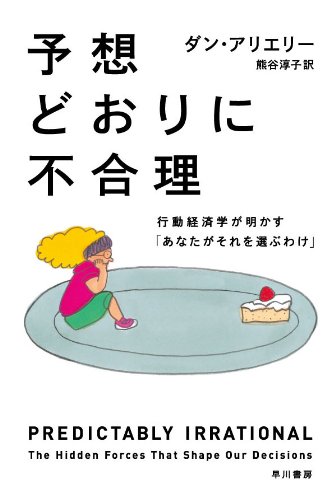- Published on
Which surgeon would you choose: "90% succeed" or "10% fail"? ~The "framing effect" in which the frame of words distorts judgment~
Source: Dan Ariely, "Absolutely as Imaginable" (Hayakawa Publishing)
Roughly speaking
- I want to undergo surgery with a "90% survival rate", but I hesitate to do surgery with a "10% death rate". This is the word trap "framing effect."
- We are always looking at the world through "frames" that are skillfully crafted by words, not "facts" themselves.
- Knowing this effect and learning the thinking method that intentionally reorganizes frames will make more wiser decisions.
Introduction: Which surgeon do you entrust your life to?
Imagine a scene where you receive an explanation from two surgeons when you undergo a surgery.
Surgeon A: "The success rate for this surgery is 90%." Surgeon B: "The mortality rate for this operation is 10%."
The medical facts they are talking about are exactly the same. However, many people probably get the impression that surgeon A is more positive and safe. This is the true nature of the powerful psychological effect "framing effect" that easily distorts our judgments.
We tend to believe that we judge things very rationally. However, as Dan Ariely pointed out in his famous book, Absurdly As Predicted, our decisions are heavily influenced by the context and the way in which the information is "presented." The framing effect is intricately intertwined with other biases such as "relativity" and "anchoring" he has shown, quietly leading us to irrational choices.
Positive Frame vs Negative Frame
The basic type of framing is the difference between "emphasizing positive aspects (positive framing)" or "emphasizing negative aspects (negative framing).
If there were packs lined up in the minced meat section of a supermarket with "80% lean meat" and packs lined up with "20% fat," many would choose the former. This is because even though the contents are exactly the same, there is a psychology behind avoiding the negative word "fat".
This effect is frequently seen in business settings. For example, how to report on a project's progress? Reporting "80% of the plan is complete" gives a good impression (positive framing). On the other hand, if you report that "there are still 20% of the challenges left by the time you complete it", you will immediately incite a sense of crisis (negative framing). One way of reporting can greatly change the decisions of management and the allocation of resources.
Even if there is only one fact, the value of a painting appears to change completely depending on the "frame" in which it is placed.
[Improvement proposal] 3 steps to think about frame inverted thinking
So, what should we do to avoid being swayed by the magic of this word? The most effective way is to make it a habit to make the presented frame a thought method that intentionally reverses it in your own head.
Step 1: Identify the frame First, we determine whether the information presented emphasizes "positive" or "negative." If "95% satisfaction rate" is positive, and if "5% complaints rate" is negative.
Step 2: Invert the number Next, subtract the number from 100 (or the whole) to reveal the hidden side. Behind the "95% satisfaction rate" is hidden there is "5% dissatisfaction," while behind the "5% complaints rate" is hidden there is "95% satisfaction rate".
Step 3: Question the facts that have been reversed Finally, we ask a new question based on the facts that have been reversed. "Why were 5% of customers dissatisfied? What caused this?" "If 95% of customers are satisfied, isn't this a claim an exception?"
Just taking these three steps will make it easier to objectively evaluate the facts behind it, without being misled by the way information is displayed. It will be a powerful thinking tool to suppress emotional reactions and make calm judgments.
Conclusion: Choosing words is creating reality
The framing effect tells us how we perceive the world through the filter of words. Words are not merely tools for conveying facts. It has the power to stir the receiver's emotions, direct judgment, and sometimes create reality itself.
Knowing the existence of this effect can be a "shield" that deciphers the behind-the-scenes of others' words, and also a "sword" that can deliver messages to the other person as intended when you communicate something.
What kind of "frame" do you say and what are you trying to convey to the other person?
[Actions to encourage action] The "framing effect" introduced in this article is just an example of our irrational decisions. Dan Ariely's "Expectedly Absurd" is packed with more surprising psychological experiments and the "invisible power" that governs our actions. Please pick up this book and discover the "people" that even you may not even notice.

